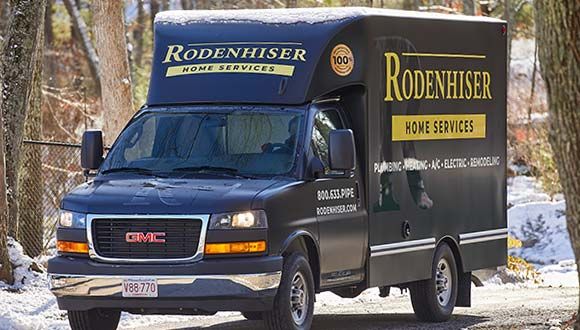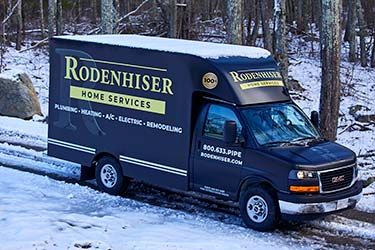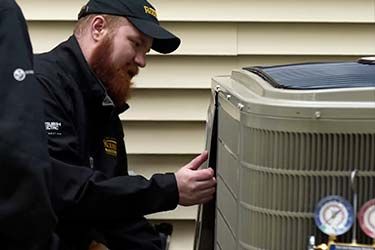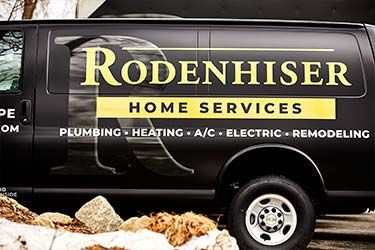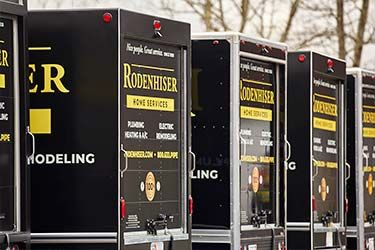Ventilation Strategies to Improve Winter Indoor Air Quality
Every homeowner desires good indoor air quality and ventilation helps to achieve indoor air that is not only comfortable, but healthier for your family. Some geographical areas naturally have higher humidity levels than others, but humidity levels can be too high inside your home no matter where you live. Dust particles, bacteria and other pollutants can also reside in your home, making it hazardous to those with allergies, asthma and other respiratory problems.

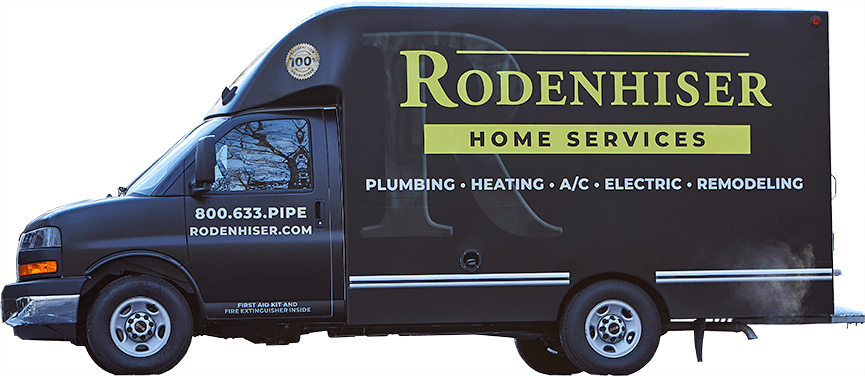
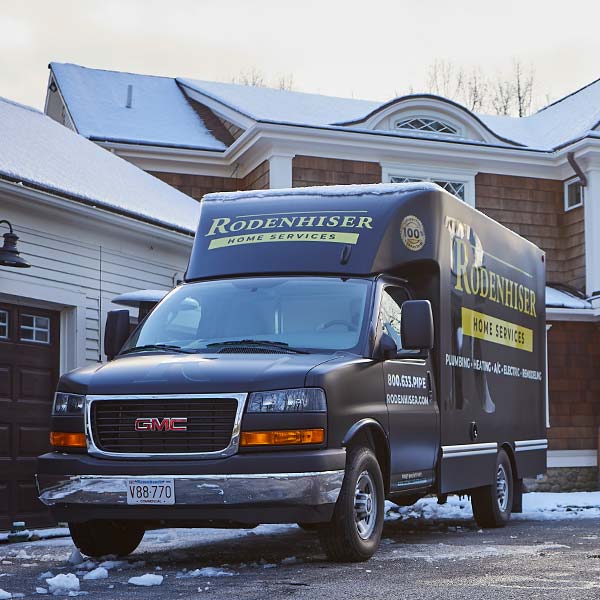








 If you have appliances that use combustible fuels such as oil or gasoline, it is essential to have carbon monoxide detectors in your home. Carbon monoxide, a by-product of the combustion process, is toxic to humans. However, because it is odorless and tasteless, the only way to know it is present in your home is with carbon monoxide detectors.
If you have appliances that use combustible fuels such as oil or gasoline, it is essential to have carbon monoxide detectors in your home. Carbon monoxide, a by-product of the combustion process, is toxic to humans. However, because it is odorless and tasteless, the only way to know it is present in your home is with carbon monoxide detectors. Many homeowners experience the same kind of problem every winter. They feel comfortable in most parts of the house, but there are certain areas that are inexplicably colder than the rest.
Many homeowners experience the same kind of problem every winter. They feel comfortable in most parts of the house, but there are certain areas that are inexplicably colder than the rest. Despite differences in design and location of various rooms in a home, many families continue to rely on one thermostat to control the climate in the entire house. Settling on the “right” temperature that suits everybody’s preferences – even if that temperature could be achieved with one thermostat setting – can spawn arguments that make the nightly sparring over the remote control seem tame by comparison.
Despite differences in design and location of various rooms in a home, many families continue to rely on one thermostat to control the climate in the entire house. Settling on the “right” temperature that suits everybody’s preferences – even if that temperature could be achieved with one thermostat setting – can spawn arguments that make the nightly sparring over the remote control seem tame by comparison.





